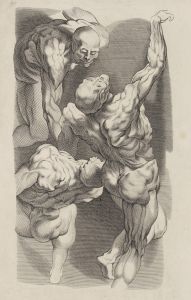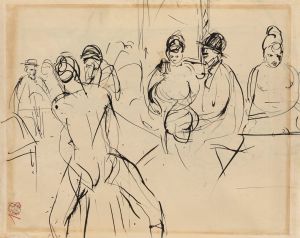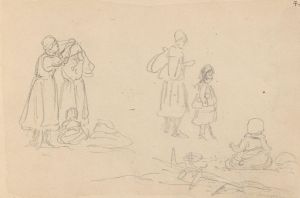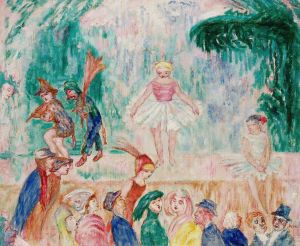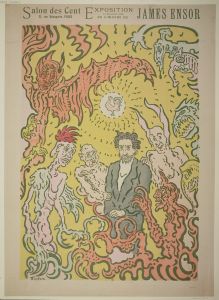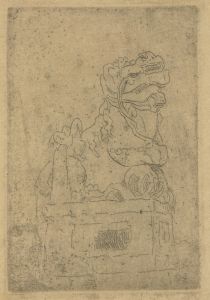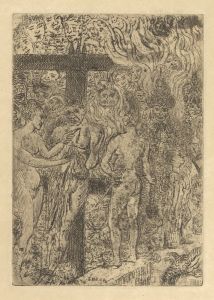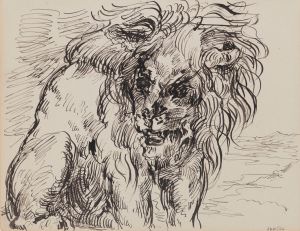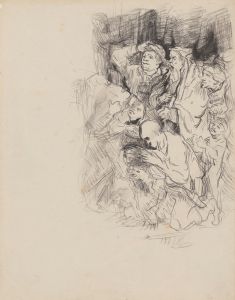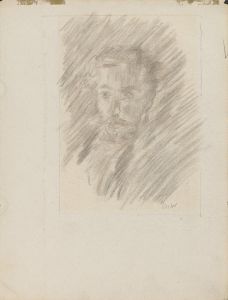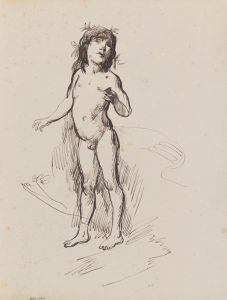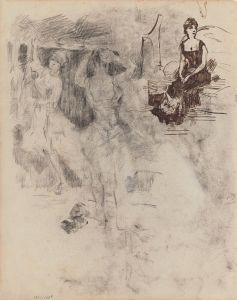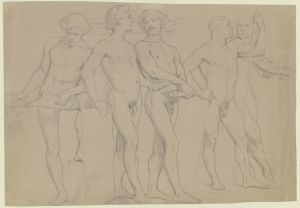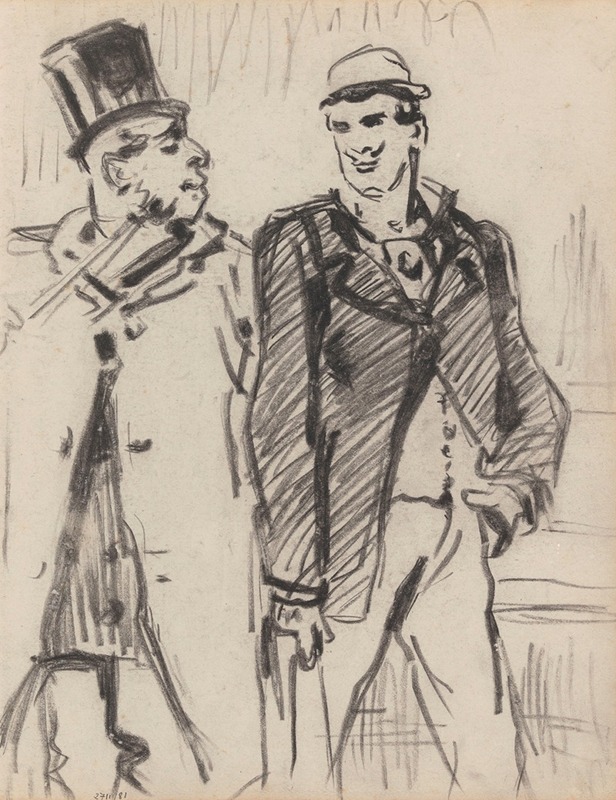
Two Gentlemen
A hand-painted replica of James Ensor’s masterpiece Two Gentlemen, meticulously crafted by professional artists to capture the true essence of the original. Each piece is created with museum-quality canvas and rare mineral pigments, carefully painted by experienced artists with delicate brushstrokes and rich, layered colors to perfectly recreate the texture of the original artwork. Unlike machine-printed reproductions, this hand-painted version brings the painting to life, infused with the artist’s emotions and skill in every stroke. Whether for personal collection or home decoration, it instantly elevates the artistic atmosphere of any space.
James Ensor, a prominent Belgian painter and printmaker, is known for his unique and often surreal style that combines elements of satire, symbolism, and expressionism. One of his lesser-known works, "Two Gentlemen," reflects his distinctive approach to art, characterized by a blend of the grotesque and the whimsical.
James Ensor was born in 1860 in Ostend, Belgium, and spent most of his life there. He was a key figure in the Belgian avant-garde movement and played a significant role in the development of modern art in the late 19th and early 20th centuries. Ensor's work often features fantastical imagery, masks, skeletons, and carnival scenes, which he used to critique societal norms and explore themes of identity and mortality.
"Two Gentlemen" is a painting that exemplifies Ensor's fascination with masks and the theatricality of human behavior. While specific details about the creation and exhibition history of "Two Gentlemen" are not extensively documented, the painting is consistent with Ensor's broader body of work, which frequently depicts figures in elaborate costumes and masks. These elements serve as metaphors for the facades people wear in society and the hidden truths beneath the surface.
Ensor's use of color and composition in "Two Gentlemen" is notable for its boldness and vibrancy. He often employed a bright, almost garish palette to heighten the sense of drama and absurdity in his scenes. This approach can be seen in "Two Gentlemen," where the figures are likely rendered with exaggerated features and vivid hues, drawing the viewer's attention to the artificiality and performative nature of their appearance.
Throughout his career, Ensor was influenced by a variety of artistic movements and traditions, including Flemish Baroque, Romanticism, and Impressionism. However, he developed a highly individual style that defied easy categorization. His work was both celebrated and criticized for its unconventionality, and he often faced resistance from the art establishment of his time.
Despite this, Ensor's influence on subsequent generations of artists is undeniable. His exploration of the macabre and the absurd prefigured elements of Dadaism and Surrealism, and his willingness to challenge artistic norms paved the way for greater experimentation in the visual arts.
In summary, while specific information about "Two Gentlemen" by James Ensor is limited, the painting can be appreciated within the context of Ensor's broader artistic oeuvre. It reflects his enduring interest in the themes of disguise, identity, and the performative aspects of human life. Ensor's work continues to be celebrated for its originality and its capacity to provoke thought and discussion about the nature of reality and the human condition.





